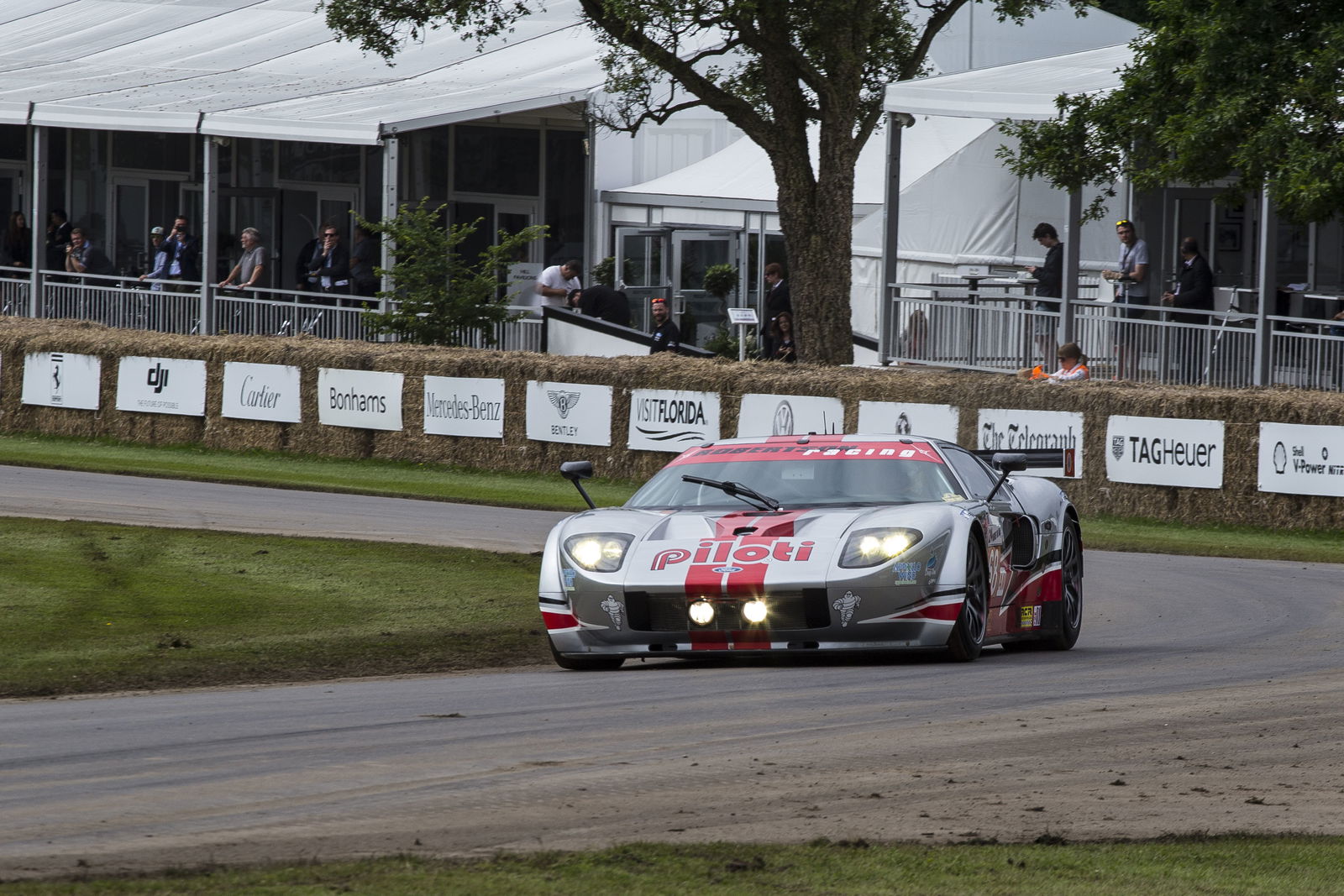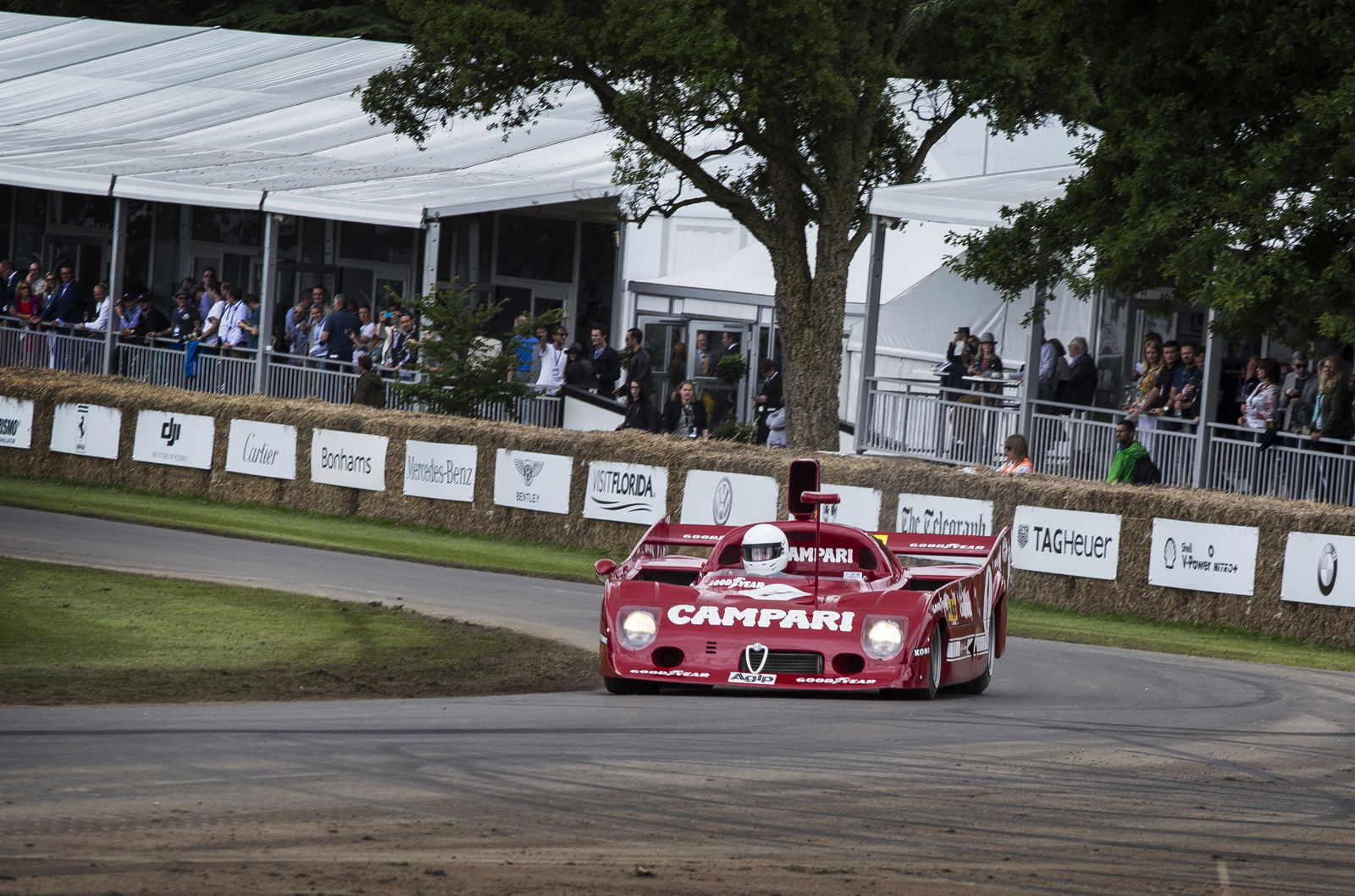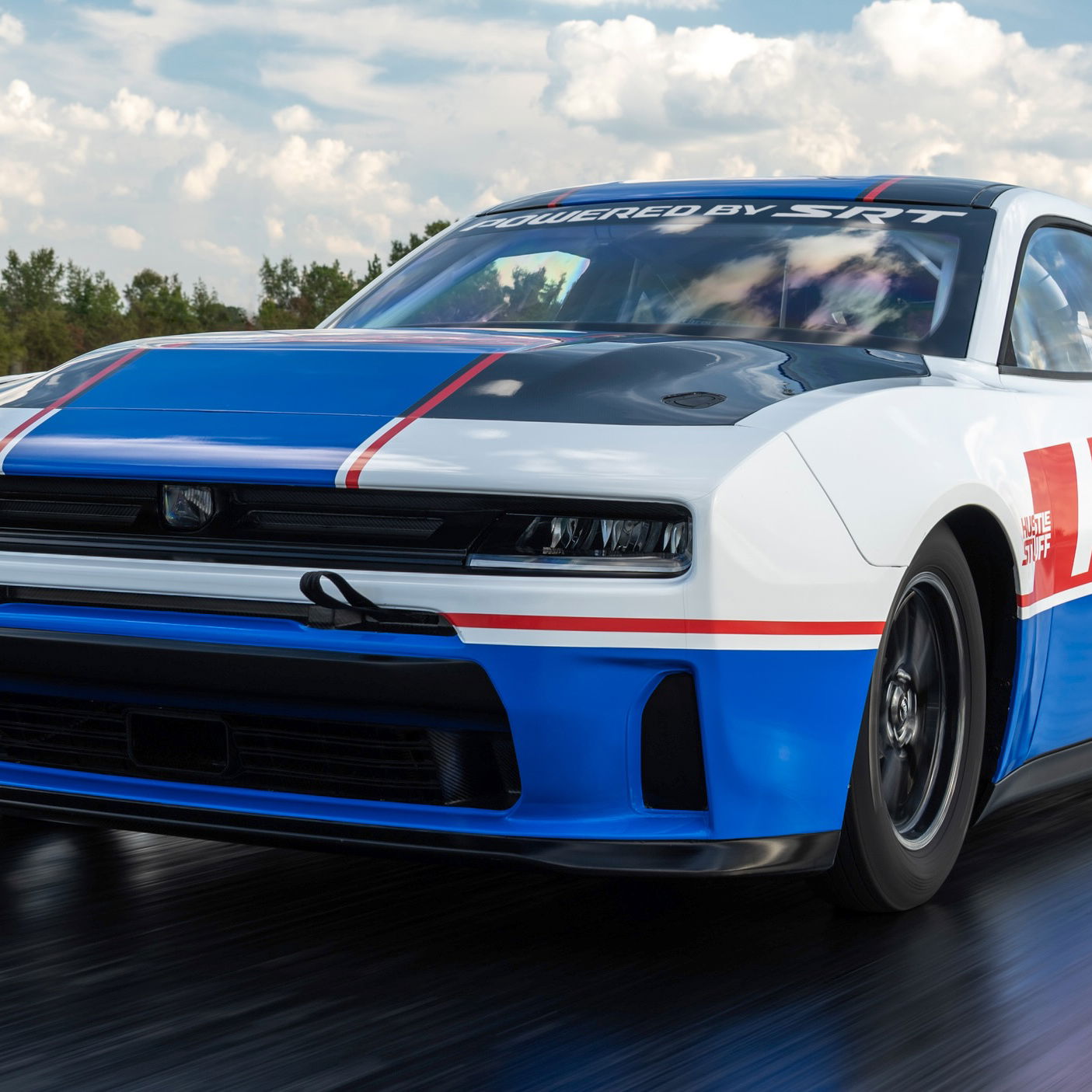Is Racing Priceless Old Cars Up Tricky Hill Climbs An Acceptable Risk?

You might already know where we stand on the issue of driving old, rare cars instead of just hiding them under a sheet in a locked garage. Events at Goodwood this week have led us to ask another question, though: is it really an acceptable risk to fling near-priceless old automotive legends up a hill climb course?
If you haven’t seen the video yet, watch it below. Rallycross expert Pat Doran was piloting a gorgeous 1986 Ford RS200 Evo 2 up the famous – and often famously tricky – Goodwood hill when he lost the back end on the brakes on the way into Molecomb corner, getting onto the grass and losing all ability to slow down. The end result… well, it’s not pretty (update: the car was repaired and back out on the hill climb on Saturday).
Whether you want to listen to it or not, there’s a solid argument for keeping cars like this away from high-risk events like this, where a single wheel on the green stuff can mean the difference between a new personal best and a seriously awkward phone call to the car’s owner, followed by hellish amount of paperwork.
It’s a valid point to make, but we’re going to choose to ignore it. Seeing cars like the RS200 going at full tilt up the narrow, frequently slippery and technically awkward hills at the likes of Goodwood, Loton Park and Shelsley Walsh, among others, is one of life’s big pleasures. We know these are machines from a bygone age but they’re legends, as loud as anything and staggeringly difficult to pilot quickly compared to modern cars.

Seeing them in action on narrow, potentially dangerous race and rally courses means, more often than not, watching proper, undiluted driving skill. It strips back the ever-increasing safety margins you see on newer courses and combines it with spikier cars; far less manageable things that reintroduce a real knife-edge factor that Pat Duran fell victim to. Even the idea of putting any kind of stop to this brilliant madness; this outrageous willingness to drive such valuable and rare cars just the way the manufacturer intended, gets us angrier than a badger who’s been kicked in the nuts, shoved into a barrel and rolled down a hill.
We may not be driving these classics ourselves, much as we’d like to, but their existence alone; their physical presence doing what they were designed for is, for car guys and girls everywhere, a slice of what actually living life is all about. For the crowd it’s an experience to remember, whether you’re five or 50.

We’re not really ignoring the perils facing the cars and their drivers. Clearly, accidents are going to happen, but that’s one of the reasons why hill climbs are so awesome. They’re a ruthless test of skill and bravery, with consequences if you get it wrong. Driving a good course at ten tenths takes a lot more than talent. It’s a metaphor for the human spirit of adventure; of seeking out risk and of overcoming challenges. We can never let that go.
We’re pinning our colours to the mast, here, and saying that we think the risk of racing valuable motors is more than acceptable. Even the occasional destruction of a mighty four-wheeled warrior is a price worth paying to make sure this sort of joy keeps spreading. Until we’re down to the very last example of any one cherished automotive legend, at least one example needs to be thrashed like it was designed to be. That way we can pass our passion on to new eyes and ears, set new pulses racing and keep this wonderful spectacle alive.












Comments
The people who own these cars have the money to repair them with whatever custom part they need. Even if they need to be hand crafted. Its like the cost of repairing an R/C car to people like us.
It’s absolutely worth the risk to me. I’d rather see one of the masterpieces torn to shreds (as much as that would pain me, and as long as the driver is okay) being driven the way it was meant to be driven, than see it sitting at concourse before being pushed back onto its trailer and locked away again. It’s like that YOLO thing those damn youths talk about.
The commentator said rs2000
Yes
YES !
Cars are meant to be driven, not parked in garages
Yes, cars are meant to be driven, they arent trophies. Next question.
I have to say I was worried in the first half of this.
But I am glad I’ve kept till the end. Well put.
Drivers and owners are sure on the same boat, since they turn up more and more every year to show this legends in motion just like in their days to the people around the world.
It’s thrilling to see great drivers and legends having a blast every time, and talking with so much enjoyment about the cars and driving them up there.
It keeps me glued to the screen every year, and surely on my bucket list.
Even if they crash, they get fixed. It’s impossible to write off a classic, as numerous McLaren F1 crashes prove. The cost of repairs is nothing compared to the value of the car.
Tl;dr
Awww hell no
Pagination